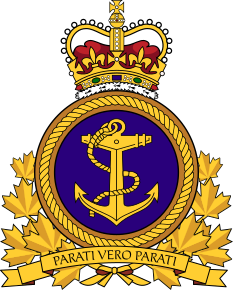(Royal Canadian Navy, Ottawa, Canada)
Source: NICAP.org (RADCAT)
Text by Daniel Wilson, 31 August 2010:
“The following pdf file contains all of the resized
Canadian docs, Royal Canadian Navy-Naval Intelligence, below and are now housed
on the NICAP site for security reasons.
Document Inventory
These documents were supplied by Don Ledger
Page 1 - Detection Observed on 30 June/ 1 July, 1950
Page 2 - Report on visit to Halifax
Page 3 - Object hovered momentarily
Page 4 - The two operators were on duty from dusk to
dawn
Page 5 - C. V. Rayment
Page 6 - Visits to the Dartmouth Naval Radar Unit
Page 7 - One transatlantic aircraft was picked up on
long range
Page 8 - Summary of the Radar Evidence
Page 9 - Summary of the Radar Evidence
Page 10 - Unidentified Aircraft-Radar Detections”
Wikipedia article: “CFB Shearwater”:
Quote from the Wikipedia article:
“Shearwater is the second-oldest military aerodrome in
Canada. In August 1918 the US Navy established Naval Air Station Halifax on the
shores of Eastern Passage to support flying boat patrol aircraft. The seaplane
station was taken over by the Air Board in 1920 for civil flying operations,
and later developed by the Canadian Air Force and the Royal Canadian Air Force.
The station became known as RCAF Station Dartmouth through the Second World
War.
Post-war, 1948, the Royal Canadian Navy took over the
facility, naming it HMCS Shearwater, also known as Royal Canadian Naval Air
Station Shearwater (RCNAS Shearwater).
The combined land and sea-based aerodromes were used
to station carrier-based maritime patrol and fighter aircraft. Shearwater was
also the home to early experiments with ship-borne helicopters—something which
was copied by navies around the world. During the 1960s, the aerodrome at the
former RCAF Station Debert was attached to HMCS Shearwater as a training
location for carrier landings.”
Wikipedia article: “Royal Canadian Navy”:
https://en.wikipedia.org/wiki/Royal_Canadian_Navy
Badge of the Royal Canadian Navy
(wikimedia.org image)
Satellite photo of Canadian Forces Base Shearwater,
Dartmouth, Canada (tageo.com)
(tageo.com photo)

